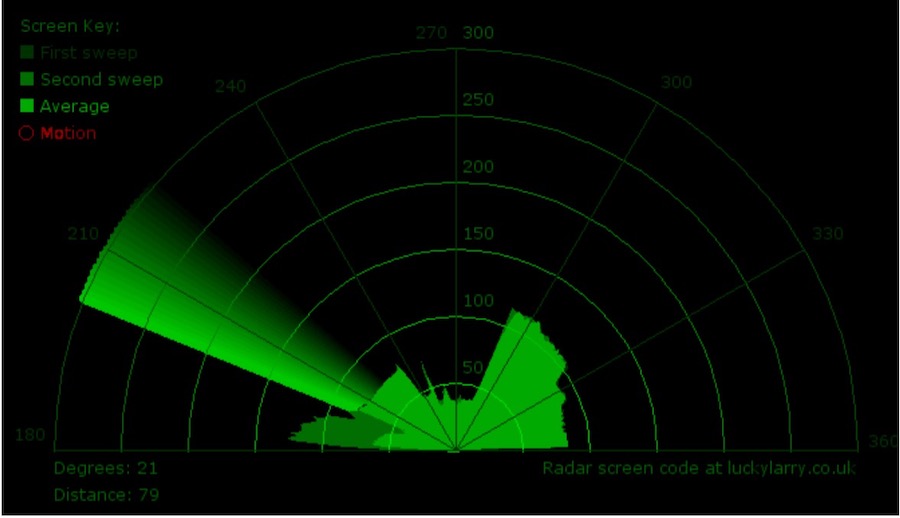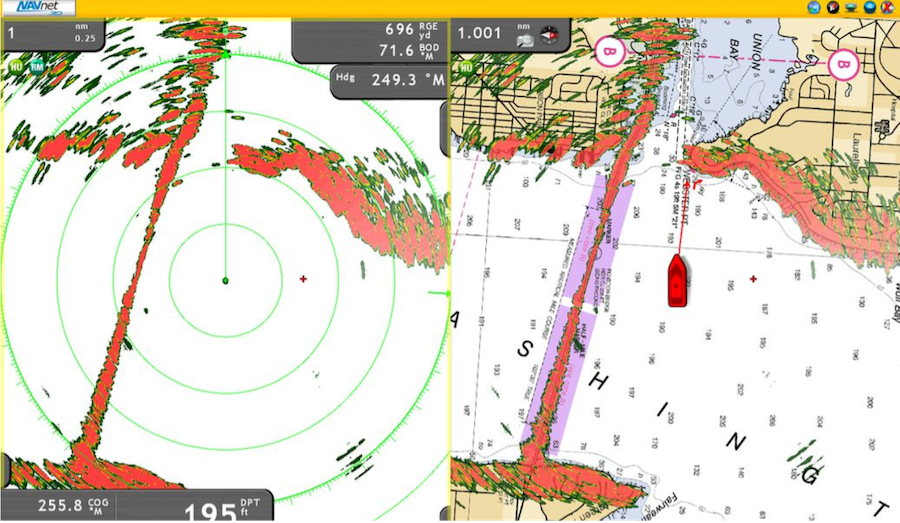How to Get 6 New Functions on Your Radar
Sadly, many boatowners with sophisticated and expensive radar units use them for little more than spotting targets in the fog. But they also can be a welcome navigational and piloting device, if properly used. Some radars can even help anglers spot circling birds. Here are some tips on how you can increase your radar's range, performance and usefulness.
1. Radar Off-Set
This is a handy feature in most radars that allows you to move the center of your radar’s picture toward the bottom of the screen to enable you to see farther in the forward direction. Some sets have the added ability to offset the radar picture to your aft as well. This can add to your safety particularly when visibility is limited because of poor weather or at night.
2. Radar Over Chartplotter
For a better view and understanding of your surroundings, you can place your radar picture right over your navigation chart on your navigation display. By syncing your radar's picture with your chart plotter you will turn your display into a living navigation map. This will show you actual moving vessel traffic in real time superimposed right on your chart plotter screen.
To overlay your radar’s picture on your chart plotter screen, you will need to connect an electronic digital compass or heading sensor to your radar/chartplotter. These are provided by your radar, chart plotter or autopilot manufacture as an option. Often you can use the heading sensor that is part of most modern autopilots as long it is one that has “10 Hz” data output rating specification. Your autopilot manual can explain how you or your electronics installer can do this.
3. AIS (Automatic Identification System)
AIS can double your margin of safety over that of radar alone. This places you in complete charge of your situation of all boating activity taking place around you. It will help you predict the movements of other vessels in your area and even sharpen your navigation and seamanship skills. Many professionals consider AIS to be the best boating safety and navigation aid since the invention of radar.
AIS modules and antennas can be connected to your radar/chartplotter with the AIS module itself hidden out of sight not requiring any additional helm space.
4. See Rain Before It Reaches You
Radar can be helpful as a rain predictor. Dense moisture laden clouds off in the distance can frequently be detected and seen on a radar screen. To monitor weather fronts headed your way, decrease or turn off your radar’s rain clutter control.
TIP: use your radar overlay feature to place advancing weather patterns on your navigation chart to better track its location and progress. Once you find your boat in heavy rain advance the rain clutter control to better see through the storm and bring otherwise unseen radar targets back in view.
5. Surround Yourself with Essential Information
You can create and place Data Boxes at the top, bottom or along the sides of the screen that contain digital information you select that is important to you. This can include waypoint information, COG, SOG, miles traveled, time of day, miles to go and most any digital data that you would like to monitor and have in view.
This gives you the ability to see critical information at a single glance, all on one screen without the need to switch screens or look away to view the displays of separate instruments.
6. Radar is For the Birds
Find the birds and you find the fish. Birds tend to hover above schools of surface-feeding fish and can often be detected on many radars. The best radars suited for bird detection are those rated at 4 to 6 KW or more power output that use 4 to 6-foot or larger open array antennas.
TIP: Detecting flocks of birds requires optimum gain and clutter control settings. Here are some adjustment suggestions:
- Switch from automatic to manual control setting.
- Decrease or turn off your Rain and Sea Clutter controls.
- Advance the Gain control until “noise speckles” appear and cover the screen.
Note: noise speckles move randomly about the radar screen. Look for a cluster of dominant speckles that tend to remain in the same area of the screen. Such a cluster points to a group of circulating birds above a school of fish. With a little practice, you can become a proficient bird hunter.
Get Smart with Your Radar
There is a treasure trove of tutorials, operation guides, user tips and instructional videos that can be found at manufacturer’s websites as well as on YouTube. Additional information can also be found at online user discussion forums. These free resources help you unlock and master the full potential of your radar and train you to operate your radar like a seasoned professional.
By Ken Englert for BoatTEST





